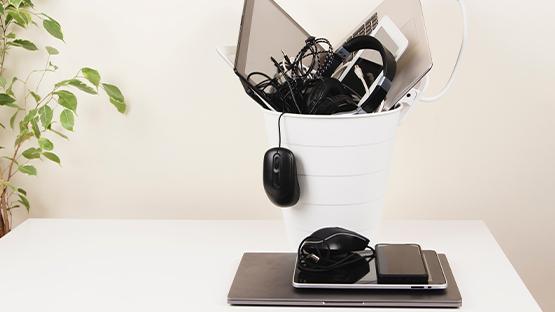Plastic recycling - how does it work and what can be made from it?
Ekologia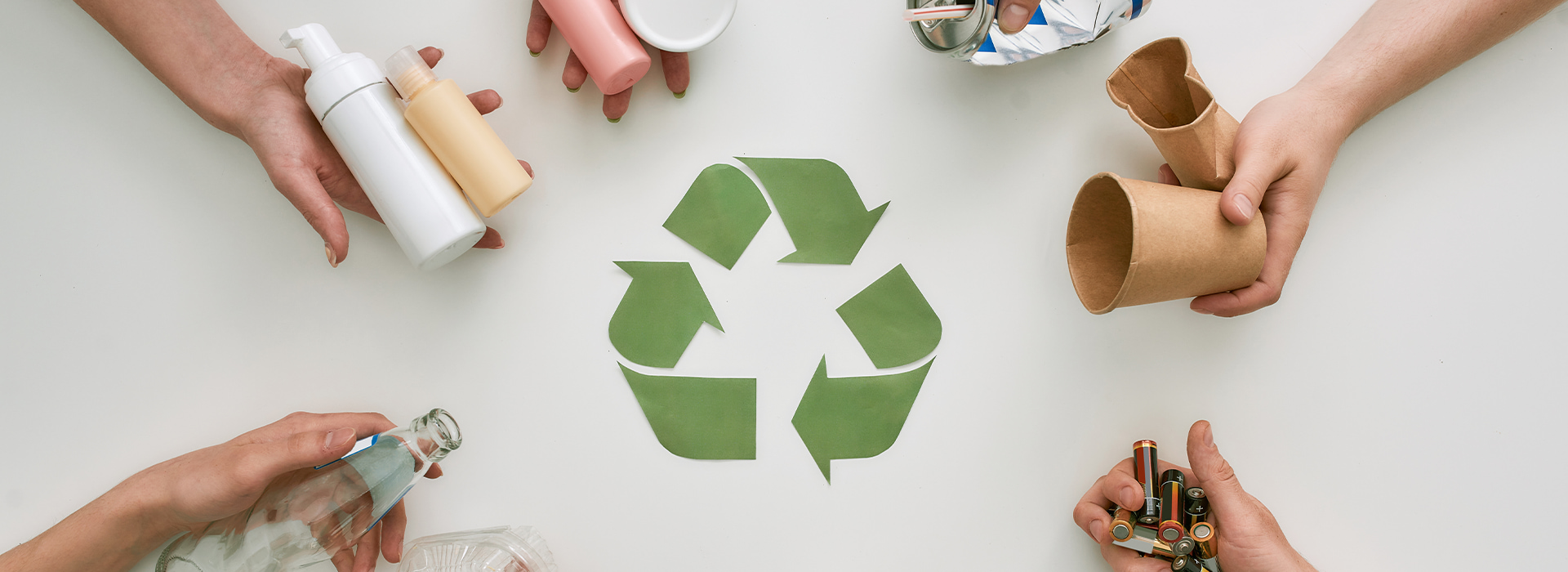
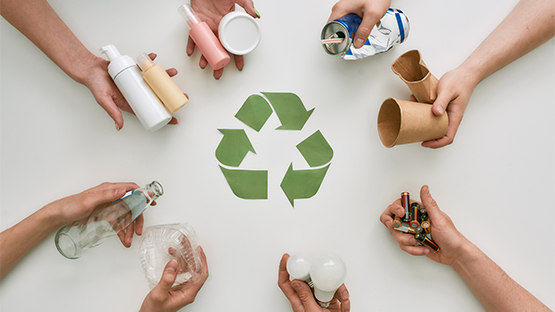
26 January 2023
Plastic is extremely durable and cheap. What's more, it is easy to use. These three qualities have made it one of the most widely used materials by most companies producing goods. Both finished products and packaging can be made from it. Unfortunately, plastic is also long-lived. That is why it is worth taking care to recycle it. Find out how plastic is recycled.
Plastic recycling - what exactly is it?
Plastic recycling refers to the process of recovering, or reusing, plastic. It is divided into upcycling and downcycling. The former process produces items of higher value in relation to the original item, while the latter produces items of lower value.
How do you know if plastic is recyclable? The best way is to look for the relevant marking. This will tell you which specific plastic the item is made of. A distinction is made between materials such as:
- PET - polyethylene terephthalate. Encountered and used most frequently (it has displaced glass bottles from the market). Lightweight and airtight. Suitable for food and drink storage. Suitable for reuse and secondary specialised processing.
- HDPE - high density polyethylene. Stronger, tougher and more durable than polyethylene terephthalate. It is mainly chosen by medical facilities because of the durability of products made from it. Recyclable.
- PP - polypropylene. Considered the safest artificial material for human health. It is used most readily by the catering industry in the production of food and beverage packaging. Once cleaned, it can be reused many times. Recyclable.
- PS - polystyrene. It is mainly used to make polystyrene foam, disposable cups and cup lids. It contains toxic substances and is therefore uneconomic to recycle.
- PVC - polyvinyl chloride. It is used to make, for example, food wrap, but also syringes. It is used in many different ways. Its recycling is possible, but mainly for construction waste.
- LDPE - low density polyethylene. Used in bubble wrap, food containers or as the inner lining in milk cartons. It can be reused, but this is rare.
- O (Other/Other) - all entities that do not classify into the above division. This group includes both plastics that are hazardous to humans and those that are safe to use. As it is difficult to deduce from this designation which plastic is specifically concerned, products defined by it are rarely recycled.
What is plastic recycling?
The plastic recycling process looks like this. The material is first comprehensively cleaned and then turned into granulate or recyclate, which is re-melted and used in the production of the next thing. The techniques that are used during this process are:
Plastic recycling - what is produced in the process?
Which recyclable plastics are suitable for creating new items? It depends, but to simplify, it's any of them. However, some are less viable at the same time. There are times when, despite their desire to do so, individuals will not be able to reuse items made from plastic, even for advertising. Fortunately, if this is the case, it is sufficient to give the item in question to companies whose capacity to do so will be greater.
For many companies, the way to save production costs is to recycle plastic. Firstly, you use material that already exists, and secondly, you pay less for it. What is produced using recycled plastic? The possibilities are many, and include:
- bottles;
- clothing - both outerwear and shoes;
- toys;
- pens;
- PVC window frames;
- torby;
- planks;
- fuel;
- rubbish bins;
- car cockpits.
How do you recycle plastic yourself?
The above examples are just some of many. Most often, only the imagination is the limit when using this material in the production of goods. The phenomenon of upcycling should therefore be mentioned. Upcycling is an action whereby the item being recycled gains more value than it originally had. An example of this would be, for example, the use of plastic bottles in the construction of housing or means of transport. Recycled plastic is ideal for this purpose.
Without doubt, Alfredo Moser's idea deserves special recognition, as he noticed that plastic bottles, which are filled with water and bleach and then built into the roof of a room, can serve as light bulbs. This solution has worked particularly well in slums, where access to daylight and electricity is difficult. How to recycle plastic in a way that helps as many people as possible.
You can also make use of Electro Returns. Most electronic devices are constructed largely of plastic. Unnecessary but functional equipment can be sent back via InPost - reuse is one of the key principles of successful recycling.
Why recycle plastic?
The aim of secondary use of plastics is to reduce the use of natural sources of raw materials and the production of plastic waste by society. Recycling can help with this. This is all the more so because, in most cases, things made in this way are not of inferior quality. In addition, it is beneficial to society as a whole, and such an endeavour has hardly any disadvantages and contributes to the removal of pollution. 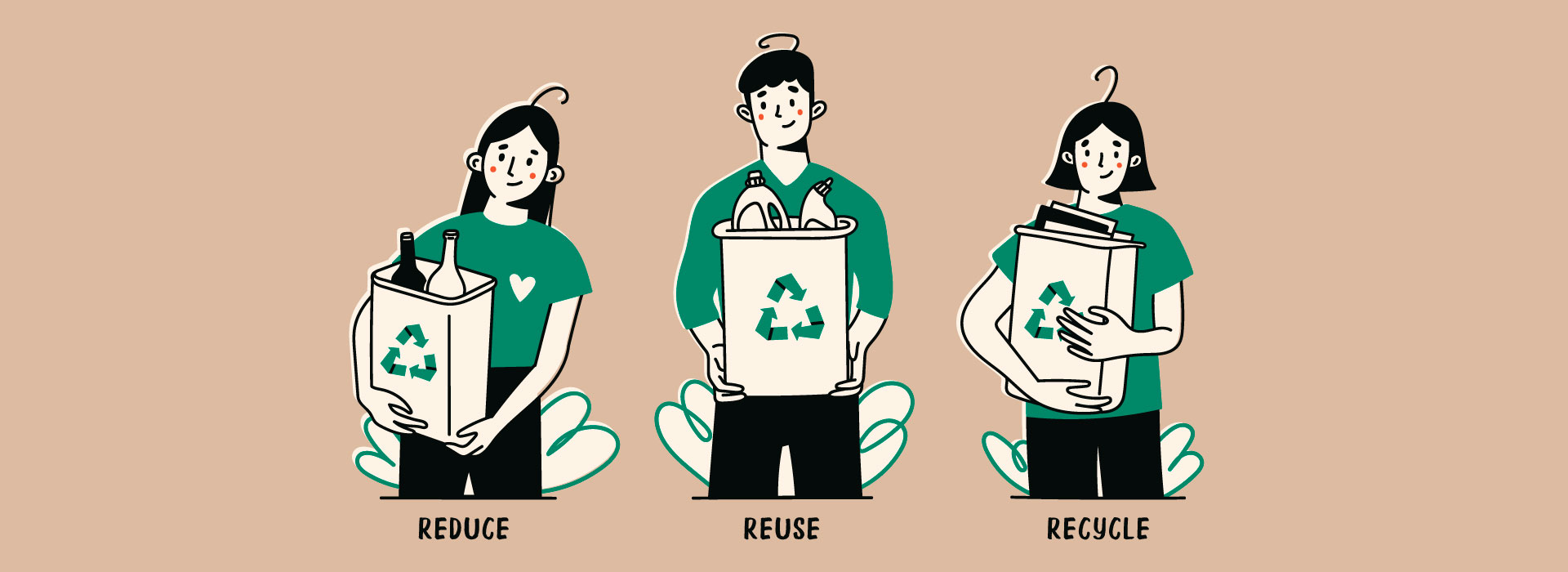
How does the plastic recycling process work?
How do you recycle plastic to make it recyclable? Many people do not realise how long a plastic has to travel to become recyclable and why segregation is so important in the whole process.
But how does plastic recycling work? It all starts with collection. In order to turn the material into a ready-to-use secondary material, it must first be obtained. Collection is carried out either in a general way or in an initial, selective way. The second way saves time and is a better method, but requires more commitment from the residents.
The next stage is segregation proper. It is divided into mechanical (faster) and manual (more thorough). During this stage, plastics that have accidentally survived the first stage are also eliminated. The volume of the segregated plastic is then reduced by compressing it. This level is shrouded in disrepute, as the end of this process ends up requiring landfill and the resulting landfill sites contribute negatively to climate change.
Preparing waste for reuse involves first sorting and storing the plastic, which is then thoroughly cleaned and shredded. The resulting regranulate is then suitable for producing new things.
How to separate plastic waste - recycling?
Unfortunately, recycling plastic is not without its drawbacks. To be able to use plastic again, it has to be stored somewhere before doing so. This raises many social problems, as it is an uneconomical solution that uses up large areas of land. Huge landfills are one of the components that cause the greenhouse effect. Despite the disadvantages that undeniably exist, disposing of plastic by recycling is still the best option that businesses and individuals should opt for.
How do you know which plastic to recycle? You need to find an infographic sign on an item made of plastic to identify it correctly. It looks like a triangle made up of three arrows, pointing clockwise. In the centre of the figure, there is a digital designation and underneath this a letter abbreviation for the material in question. It is possible that in the process of recycling plastic, the markings are one of the most important factors, as they enable the entire process to save time.
Getting information on which plastics for recycling should be put into the containers according to the signs is easy. Should the person sorting the rubbish forget what the individual signs mean, in the age of the internet, this can be quickly checked using their mobile phone. In addition, the containers on the rubbish bins often contain stickers that provide guidance in this respect.
Czytaj również

Where to donate your clothes? Give them a second life together with InPost!
Where to donate clothes you no longer wear? Instead of throwing away good clothes, it is worth donating them to others for further use. Do...
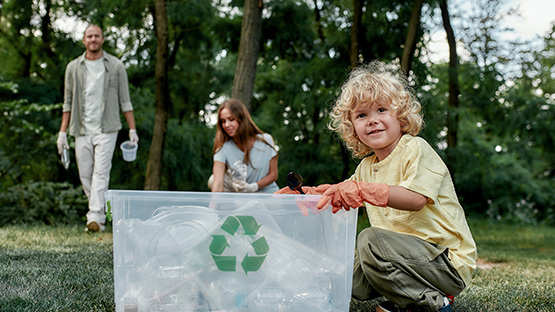
Where to donate toys you no longer need? We have a good way to do it!
Quite a few children have rooms full of toys. They receive more gadgets from grandparents, parents or aunts and uncles. Sometimes the obje...



